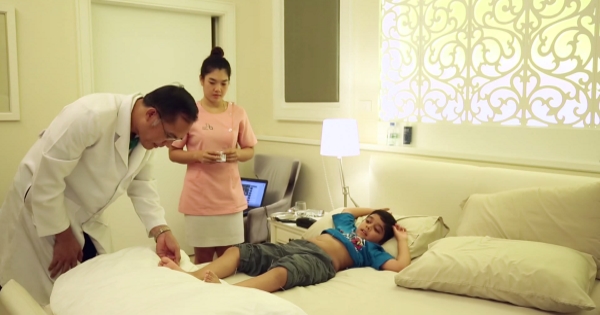
A recent study from Shandong Cancer Hospital in Jinan, Shandong, China has shown that the transplantation of human umbilical cord-derived mesenchymal stems cells has regenerated muscle tissue growth. The primary reason for this study was for the treatment of Becker muscular dystrophy in affected pedigree members. The results were safe, with no serious side-effects, and proved to be therapeutic for all participants who experienced results for up to 12 weeks.
Beike Biotechnology treatment protocol recommends a higher quantity of umbilical cord derived stem cells, local injections, and extensive supportive therapies such as physical and occupational rehabilitation. This extensive treatment protocol could potentially assist Becker muscular dystrophy patients in retaining improvements for longer than 12 weeks.
Abstract:
The regeneration of muscle tissue has been achieved using multipotent mesenchymal stem cells in mouse models of injured skeletal muscle. In the present study, the utility of multipotent human umbilical cord-derived mesenchymal stem cells (hUC-MSCs) in the treatment of Becker muscular dystrophy (BMD), a genetic disease where muscle tissue fails to regenerate, was examined in members from a pedigree affected by BMD. The disease status was evaluated in 4 affected pedigree members (II1, II2, II3 and III2; aged 50, 46, 42 and 6 years, respectively).
The transplantation of the hUC‑MSCs (performed on 3 patients, I2, II3 and III2) was performed by infusion with an intravenous drip over a 30‑min period, and the patients were evaluated at 1, 3, 4 and 12 weeks following the procedure. The evaluation was based on physical characteristics, as well as on molecular testing for serum creatine kinase (CK) and lactate dehydrogenase (LDH) levels and a histological examination of muscle biopsies. The patients suffered no adverse reactions in response to the transplantation of the hUC‑MSCs. At 1 week following transplantation all 3 patients showed improvement in the muscle force of the limbs, muscle size and daily activity.
The walking gait of patient III2 had improved by 1 week post-transplantation and reached a normal status by 12 weeks. Serum CK and LDH levels were decreased relative to the baseline levels. A histological examination of muscle biopsies displayed no obvious tissue regeneration.
In conclusion, the treatment of patients with BMD using hUC-MSCs was safe and of therapeutic benefit that lasted for up to 12 weeks. hUC-MSCs are, therefore, a potential cell therapy-based treatment option for patients with muscular dystrophies.
Source:
